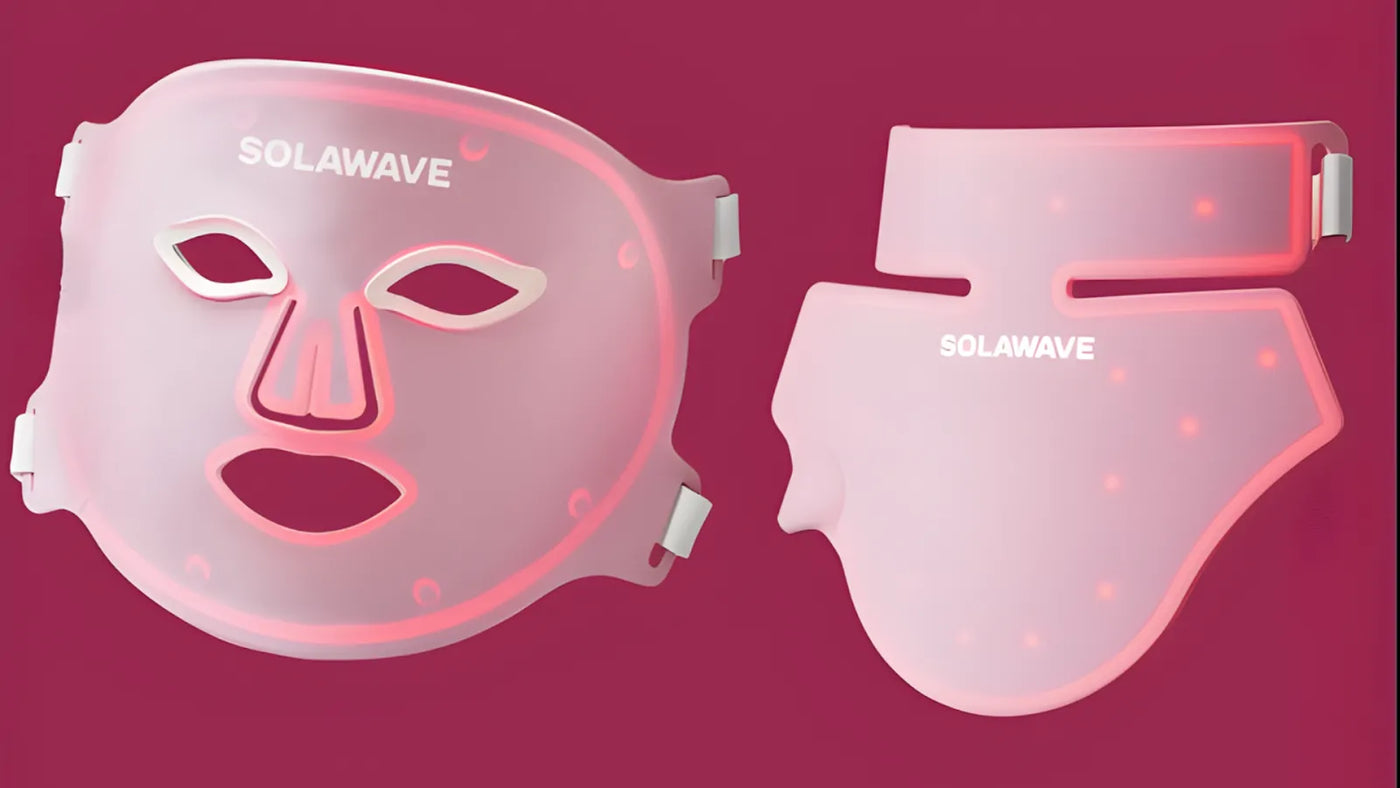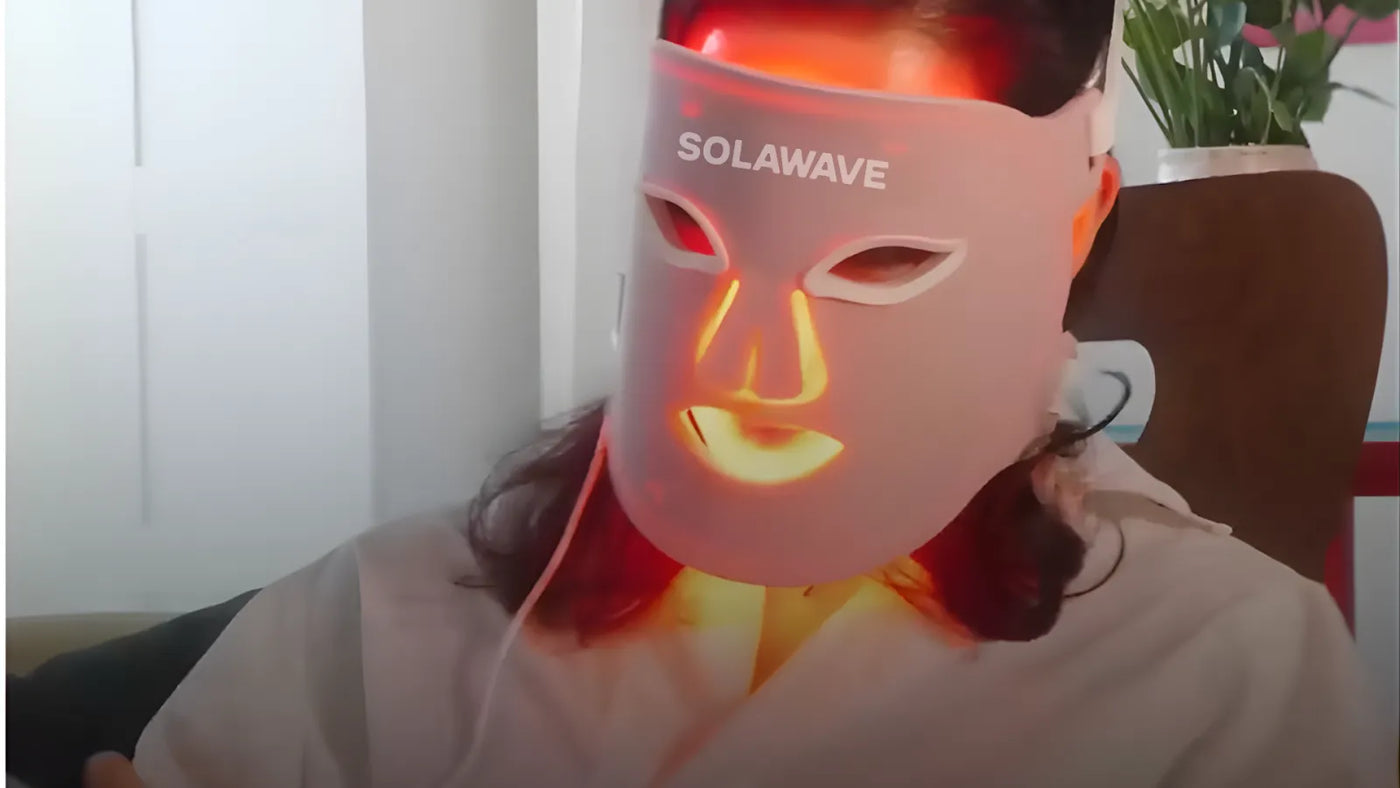

Phototherapy for Eczema: What To Know
Eczema is a common skin condition that affects people of all ages, causing symptoms like dryness, itching, redness, and irritation. If you or someone you care about struggles with eczema, you know how challenging it can be to manage flare-ups and find lasting relief. This article is designed to give you clear, reliable information about eczema, including proven ways to help address its symptoms.
It’s important to understand that while Light Therapy—including Red Light Therapy—has been studied for its effects on skin health, it is not a cure or treatment for eczema. Always consult with a healthcare professional for guidance on managing this condition.
What Is Eczema?
Eczema is a chronic skin condition characterized by inflammation, dryness, and intense itching. It’s not a single disease but rather a group of conditions that cause the skin to become irritated or inflamed. The most common form is atopic dermatitis, but there are several other types, each with its own triggers and symptoms.
Types of Eczema
-
Atopic Dermatitis: The most prevalent type, often beginning in childhood. It’s linked to a family history of allergies, asthma, or hay fever.
-
Contact Dermatitis: Occurs when the skin reacts to direct contact with an irritant or allergen, such as soaps, detergents, or certain metals.
-
Dyshidrotic Eczema: Causes small, itchy blisters on the edges of the fingers, toes, palms, and soles.
-
Nummular Eczema: Characterized by round, coin-shaped spots that can appear anywhere on the body.
-
Seborrheic Dermatitis: Affects areas with many oil glands, like the scalp and face, and is often associated with dandruff.
-
Stasis Dermatitis: Develops on the lower legs due to poor circulation, often in people with varicose veins.
Eczema Common Causes and Triggers
Eczema develops due to a combination of genetic and environmental factors. If you have a family history of eczema, asthma, or allergies, you may be more likely to develop it. The skin’s protective barrier is often weaker in people with eczema, making it more sensitive to irritants and allergens.
Common triggers include:
-
Harsh soaps, detergents, and fragrances
-
Certain fabrics, like wool or synthetic fibers
-
Environmental factors such as dry air, heat, or humidity
-
Stress and emotional factors
-
Food allergies or sensitivities (especially in children)
-
Sweat and overheating
-
Skin infections or scratching
Eczema Symptoms
Eczema symptoms can vary from mild to severe and may include:
-
Dry, sensitive skin
-
Red or brownish-gray patches
-
Intense itching, especially at night
-
Swelling and inflammation
-
Crusting, oozing, or thickened skin in chronic cases
Living with eczema can be challenging. The persistent itch and discomfort can disrupt sleep, affect concentration, and impact your confidence and social interactions. Scratching often leads to further irritation and increases the risk of infection, creating a cycle that can be hard to break. Managing eczema requires ongoing attention to skincare and lifestyle habits.
Proven Treatments and Management Strategies for Eczema
While there is no cure for eczema, several effective treatments and management strategies can help you control symptoms and reduce flare-ups. The best approach often combines medical treatments with daily skincare and lifestyle adjustments.
Topical Corticosteroids and Moisturizers
-
Topical corticosteroids are the most commonly prescribed medications for reducing inflammation and itching during flare-ups. They come in various strengths, and your healthcare provider will recommend the right one for your skin and severity.
-
Moisturizers (also called emollients) are essential for maintaining the skin’s barrier and preventing dryness. Apply fragrance-free, gentle moisturizers several times a day, especially after bathing.
Prescription Medications
-
Topical calcineurin inhibitors (such as tacrolimus and pimecrolimus) may be prescribed for sensitive areas or when corticosteroids are not suitable.
-
Oral antihistamines can help manage itching, especially at night.
-
Systemic medications (oral or injectable) like cyclosporine, methotrexate, or biologics may be considered for severe cases that do not respond to topical treatments.
-
Antibiotics or antiviral medications may be necessary if the skin becomes infected.
Lifestyle Modifications
-
Avoid known triggers by identifying and steering clear of irritants, allergens, and environmental factors that worsen your symptoms.
-
Gentle skincare routines are crucial. Use mild, fragrance-free cleansers and lukewarm water. Pat your skin dry and apply moisturizer immediately after bathing.
-
Wear soft, breathable fabrics like cotton and avoid rough or scratchy materials.
-
Manage stress through relaxation techniques, as stress can trigger or worsen eczema flare-ups.
Wet Wrap Therapy and Other Dermatologist-Recommended Methods
-
Wet wrap therapy involves applying a damp layer of clothing or bandages over moisturized skin, then covering it with a dry layer. This technique helps hydrate the skin and reduce inflammation, especially during severe flare-ups.
-
Phototherapy (under medical supervision) may be recommended for moderate to severe eczema that doesn’t respond to topical treatments. This involves controlled exposure to specific wavelengths of ultraviolet light.
Because eczema can look different from person to person and may overlap with other skin conditions, it’s important to seek guidance from a healthcare professional for an accurate diagnosis and personalized treatment plan. Your provider can help you identify triggers, recommend appropriate therapies, and monitor your progress to ensure the best possible outcomes. Never start or stop any medication without professional advice, and always discuss new symptoms or concerns with your doctor.
What Is Phototherapy?
Phototherapy is a medically supervised treatment that uses specific wavelengths of ultraviolet (UV) light to help manage certain skin conditions, including moderate to severe eczema. The goal is to reduce inflammation, slow the growth of affected skin cells, and relieve itching.
Types of Phototherapy Used in Dermatology
-
Narrowband UVB Phototherapy: This is the most common type used for eczema. It involves exposing the skin to a specific range of UVB light, which has been shown to be effective in reducing symptoms.
-
Broadband UVB Phototherapy: Uses a wider range of UVB wavelengths but is less commonly used due to a higher risk of side effects.
-
UVA Phototherapy (often combined with psoralen, called PUVA): This method is sometimes used for severe cases but carries more risks and is less common for eczema.
How Phototherapy Is Administered for Eczema
Phototherapy is typically performed in a dermatologist’s office or specialized clinic. You will stand in a light box or have the affected areas exposed to the light source for a set period, usually two to three times per week. The treatment schedule and duration depend on your skin type, the severity of your eczema, and how you respond to therapy.
Effectiveness and Safety Considerations
Phototherapy can be effective for many people with eczema, especially when other treatments haven’t provided enough relief. It often leads to fewer flare-ups and improved skin appearance. However, it’s not suitable for everyone, and results can vary.
Potential Side Effects and Risks
Possible side effects include redness, dryness, itching, and a sunburn-like reaction. Long-term use can increase the risk of premature skin aging and, in rare cases, skin cancer. That’s why phototherapy should always be administered and monitored by a healthcare professional.
Light Therapy and Eczema: What Does the Research Say?
Light Therapy refers to the use of visible and near-visible light wavelengths for various health and wellness purposes. This includes Red Light Therapy, Near-Infrared Light Therapy, Blue Light Therapy, and Amber Light Therapy. These therapies are often promoted for skin health, wound healing, and inflammation.
Some early studies have explored the effects of different types of Light Therapy on skin conditions, including eczema. While there is interest in how Red Light Therapy and other forms of Light Therapy might influence inflammation or skin repair, current research does not support these methods as proven treatments for eczema. Most studies are small, preliminary, or lack the rigorous controls needed to draw firm conclusions.
Conclusion
At this time, there is no scientific evidence that Red Light Therapy, Near-Infrared Light Therapy, Blue Light Therapy, or Amber Light Therapy can cure or treat eczema. These approaches should not replace medically recognized treatments. If you are considering any form of Light Therapy for eczema, it’s essential to consult with your healthcare provider and rely on evidence-based care. More research is needed to fully understand the potential benefits and limitations of these therapies for eczema.
Disclaimer: This article is intended for informational purposes only and should not be interpreted as medical advice or guidance. Always seek medical advice and care from a trusted healthcare professional.
Sources:






















